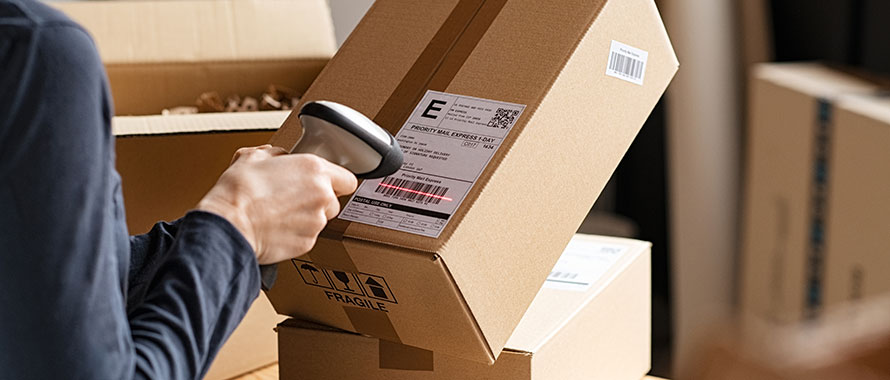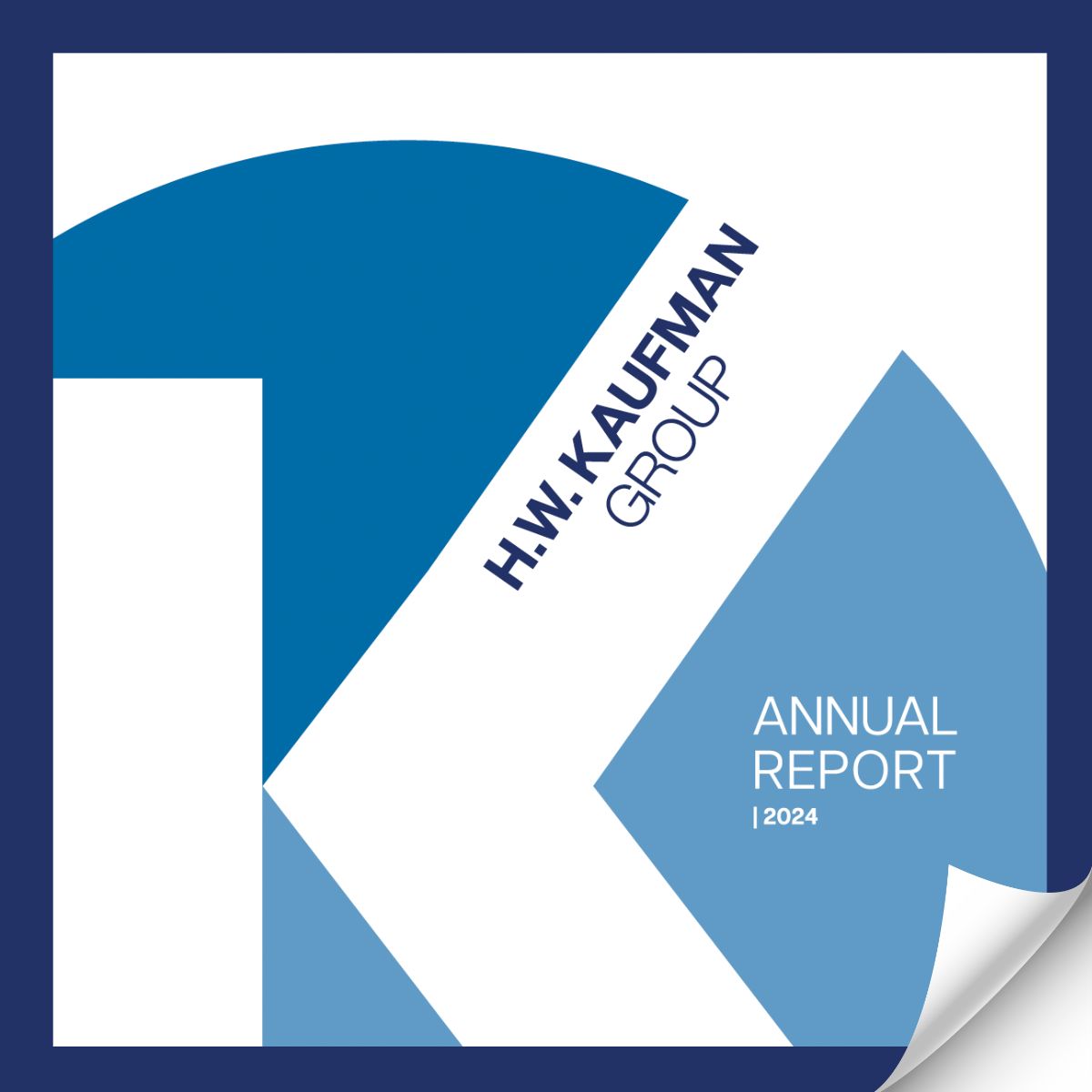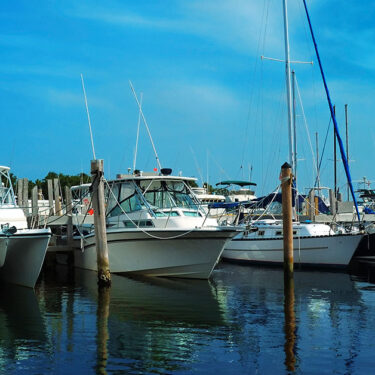The supply chain crisis is overwhelming companies on a global scale, causing industry giants like Amazon to turn to high-risk delivery methods like chartered ships and long-haul planes. And while that gives companies more control over the path of their own deliveries, it also opens them up to new forms of liability in the already volatile transportation industry.
A recent lawsuit, for instance, claims that Amazon’s control over its delivery contractors makes the company liable for a catastrophic crash on March 15 in Atlanta, Georgia, that left a 24-year-old aspiring doctor paralyzed with over $2 million in medical bills. The plaintiff suffered severe brain and spinal cord injuries when a blue Amazon.com Inc. delivery van slammed into the back of his brother’s Tesla while the plaintiff was in the back seat.
Although the van was operated by Harper Logistics LLC, a company formed specifically to contract with Amazon for deliveries, the plaintiff’s lawsuit claims that Amazon manages Harper Logistics and dictates the algorithms and tracking methods for delivery drivers — including “unrealistic and dangerous speed expectations.”
According to reports, Harper Logistics carried $1 million in Auto Liability Insurance at the time, and this particular lawsuit would likely be “far in excess of that,” said William Mills, Director, Transportation, Burns & Wilcox, Salt Lake City, Utah.
“The damages in this case are absolutely massive,” Mills said. “You have an aspiring medical student, young, with traumatic injuries. The medical costs alone were $2 million and then there is the potential lifelong care. The lawyers are looking for a way to draw Amazon in because they have significant liability insurance and assets available to pursue.”

The financial risk of returning a vessel to its owner in the same shape it was in prior to the charter, less normal wear and tear, is a new risk that Amazon never had before. They had no liability to the ship itself, previously.
Though Amazon has reportedly been ramping up its chartered ship and plane operations for years, this sort of move is “the child of supply chain disruption,” said John Gambino, Cargo Manager, RB Jones, Marine, New York, New York.
“Supply chain issues are just catapulting Amazon into setting up their own supply chain, and thus not being subject to other entities’ timelines to get their merchandise to the market,” Gambino said. “The financial risk of returning a vessel to its owner in the same shape it was in prior to the charter, less normal wear and tear, is a new risk that Amazon never had before. They had no liability to the ship itself, previously.”
Auto liability represents major exposure for transportation companies
According to Bloomberg’s Nov. 12 report, Amazon Logistics had been a defendant in at least 119 auto injury lawsuits in 35 states so far in 2021, which is four times the number the company was involved in during 2020. CBS New York reported on Dec. 6 that a woman from Queens is suing Amazon after a company van hit her car and drove away, leaving her with injuries to her neck. In early 2020, Amazon was named in a $25 million civil lawsuit after a motorcyclist was seriously injured after being hit by an Amazon-contracted delivery driver in South Haven, Indiana, in December of 2019, The Times of Northwest Indiana reported on Feb. 29.
Liability questions related to Amazon delivery drivers have been raised in the past, with a September 2019 New York Times report detailing the company’s push for fast shipping but the ability to be held harmless when contracted drivers crash. In June of 2020, Amazon Canada faced a $200 million class action lawsuit from subcontracted delivery drivers who claimed they are actually employees of the company and have not received adequate compensation and job protections to match, the Toronto Star reported.

The damages in this case are absolutely massive. You have an aspiring medical student, young, with traumatic injuries. … The lawyers are looking for a way to draw Amazon in because they have significant liability insurance and assets available to pursue.
While Amazon’s potential liability for crashes involving outside delivery partners, including the crash that injured the plaintiff, remains to be determined, it is not surprising to see the company brought into litigation, Mills said. “The whole premise of that story is trying to draw Amazon into the lawsuit,” he said. “The clearest way to be able to do that is to show that Amazon exerts forms of control over the driver, or, in this case, the independent contractor or company Amazon has hired to deliver packages.”
When a company is sued after an accident, legal defense expenses and costs related to third-party injuries and property damage can be covered by Auto Liability Insurance, which is essential for any delivery business. These companies may also need Cargo Insurance for damage to goods, a policy that may be carried by the delivery company or the retailer, and Auto Physical Damage Insurance for accident-related damage to the delivery vehicle itself.
In a serious accident, the greatest expense generally falls under Auto Liability Insurance, Mills explained. “Everything else is minimal,” he said.
Excess Liability Insurance is also important for transportation companies, especially given the rise in nuclear verdicts, Mills said. Still, many smaller delivery businesses with a limited number of vehicles may not carry this type of insurance unless it is required by the shipper they contract with.
“Smaller companies like this are often leasing all of their vehicles and may have very little as far as assets are concerned. There is just not a lot there,” Mills said. “You typically buy Excess Liability Insurance to protect yourself in case of a traumatic loss to protect yourself so you do not lose your assets. These delivery carriers really may not have much to lose.”
Cargo ships need protection against physical damage, third-party liability
According to a Dec. 4 CNBC report, Amazon is currently shipping about 72% of its own packages compared to 47% in 2019, and it has been making its own cargo containers in China because they are in short supply. Target Corp. and Walmart Inc. are among other major retailers that have also started chartering their own container ships to help avoid supply chain concerns, Memphis Business Journal reported on Oct. 17.
Supply chain shortages affecting companies like Amazon are “probably going to ease,” Gambino explained, and it is unclear whether companies chartering their own vessels will be a long-term endeavor. The number of cargo ships in San Pedro Bay waiting to be unloaded has decreased since mid-November, the Los Angeles Times reported on Dec. 3, but perspectives vary on whether backlogs will persist. In Canada, over 50 vessels waited for berth at the Port of Vancouver on Nov. 29, contributing to a “crisis situation” for the Canadian supply chain amid rail system disruptions due to major flooding in British Columbia, Freight Waves reported.
“The giants of the industry have the financial wherewithal to rent the vessel for a few years and bring only their merchandise in on that vessel,” Gambino said, pointing out that some retailers could be locked into multi-year contracts. “There is a large cost for that. I think as the supply chain disruption lightens, these larger companies will have to make that financial decision whether or not it is in their best interests financially to continue to operate outside the normal supply chain.”
Companies that charter their own cargo ships take on the risk of damage to the vessels they are chartering. While the owner of the vessel will generally provide Hull Insurance, which Gambino said functions similarly to Auto Insurance for a car, the charter of a vessel will need to carry Charterer’s Legal Liability Insurance. This can cover expenses related to third-party injuries or damage to the vessel outside of normal wear and tear. “It is an expense and an exposure the company takes on, but it is insurable,” he said.

As the supply chain disruption lightens, these larger companies will have to make that financial decision whether or not it is in their best interests financially to continue to operate outside the normal supply chain.
They may also need Cargo Insurance, which can cover damage to cargo from fire, theft or other external forces, or Stock Throughput Insurance, which covers stock from the time it leaves its original location until it reaches its final destination.
“Any importer, from the smaller importers to the larger importers, will have the need for Cargo Insurance,” Gambino explained. “Stock Throughput Insurance covers the stock throughout the entire process of import, storage, and then the domestic transit to the final location.”
While companies chartering their own ships can ensure their goods make it onto the vessel, they still cannot circumvent port authorities, he pointed out. “As long as there are labor shortages at the ports, I am not entirely sure how they can get around it completely, unless they use ports that do not have the same congestion issues,” he said. “The trucking shortage is still a major problem.”
For consumers, the supply chain crisis has brought to light weaknesses that many never considered, he added. “As consumers, we loved being able to get products in a day or two, but we never really saw what was behind the process of getting those things to our doors, to our tables,” he said. “As soon as you had the shutdowns due to the pandemic, you had little supply and incredible demand, and the supply chain fell apart. The supply chain really was fragile all along but it just worked so well that the general public did not see it.”
Review contracts, insurance policies to protect business
From delivering packages to chartering cargo vessels, risk management strategies are key to helping companies reduce the risk of a loss. For delivery companies, this includes hiring and training qualified drivers, Mills said. “Driver criteria could be suffering due to the driver shortage issue,” he noted. “Companies should be putting only drivers and vehicles on the road that are of the highest caliber.”
Transportation companies should also understand their contractual agreements when they are partnering with other entities. “Most of these transportation companies are ultimately working for someone else,” Mills said. “There are always contracts involved. They should clearly understand their minimum requirements for insurance and share those minimums with their insurance broker.”
The broker can then make a suggestion “if there are additional coverages they think you should need,” Mills said. “That is particularly important for smaller companies without internal risk management operations that not only conduct risk management, but understand the insurance world and usually work directly with insurance brokers to make sure there is adequate coverage in place,” he said.

Most of these transportation companies are ultimately working for someone else. There are always contracts involved. They should clearly understand their minimum requirements for insurance and share those minimums with their insurance broker.
Like other types of Transportation Insurance, Cargo Insurance and Charterer’s Legal Liability Insurance require a broker specialized in the industry, Gambino said. As the cost of moving goods increases, Cargo Insurance limits may need to be adjusted, for example.
“The cost to rent one of those 40-foot boxes that you see on the vessels has gone from $2,000 or $3,000 to $16,000. That has a direct impact on whether you have enough limit in your policy,” he said. “If you have 100 containers and the cost has gone up by $10,000 per container, that is another $1 million of value on the vessel. The policyholders may not be aware of that.”
It is one of many common scenarios where a knowledgeable, proactive insurance broker is needed. “The broker should be actively talking to their clients about the limits that they need on their insurance policies,” Gambino said. “Otherwise, they may be underinsured and not happy when they have a loss.”





